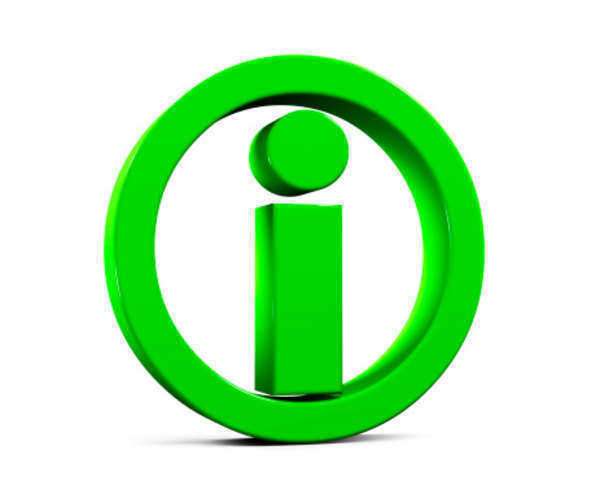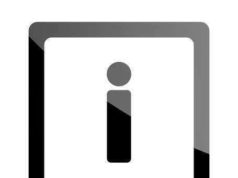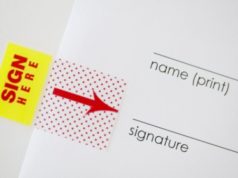
Signature Liability
If a party has attached his or her signature to a negotiable instrument, then that party is making him or herself liable for that instrument to some extent. A signature need not be the general conception of a signature, which is a hand-written name.
A signature could also be a stamp of a hand-written name or just some form of seal, or it could even be a thumbprint. As long as that signature can be shown to legitimately represent the signing party’s attachment to the negotiable instrument, it is a signature and the signing party would then become liable to a greater or lesser extent to the negotiable instrument in question.
A signing party might become the party with primary liability after signing. The primarily liable party is that party which must make payment on the negotiable instrument when it is presented. Generally, the primarily liable party is the maker, issuer, or acceptor of the instrument, and this can change depending on signatures. For instance, an acceptor would have to stamp or otherwise mark the instrument to officially assume primary liability as an acceptor.
Most other parties, including drawers and endorsers, will have secondary liability. If the primarily liable party fails to pay the negotiable instrument, then the secondarily liable party will have to pay instead. Exactly which secondarily liable party is required to pay will vary depending upon the circumstances of the negotiable instrument.
There are other forms of signature liability as well, allowing for different functions. An accommodation party, for instance, would be a party making itself secondarily liable to a negotiable instrument for the sake of providing validity to that instrument. Also, unauthorized signatures will change the nature of liability for parties associated with a negotiable instrument. To find out more about signature liability and how it affects signers of a negotiable instrument, click the link.
Warranty Liability
Warranty liability is the type of liability incurred by any party that takes certain actions with regard to a negotiable instrument. Unlike signature liability, which requires the active acceptance of liability on the part of the signer along with notifications of the liable parties when such liability is being called into play, warranty liability is generally a much “quieter” form of liability requiring no such active acceptance.
Warranty liability can be incurred when a party either transfers a negotiable instrument or when it presents a negotiable instrument for payment. Both types of warranty liability revolve around the idea that the party taking the action is making certain warranties regarding the negotiable instrument at the time of submission.
As an example, when a party transfers a negotiable instrument to a new party, that party is making the basic warranty that he or she has the right to do so. If he or she does not have the right to transfer the negotiable instrument, then he or she would be in violation of that unspoken warranty and the transferee might seek damages against the transferor as a result.
Similarly, when a party presents a negotiable instrument for payment, he or she is making the warranty that he or she has the power to do so which, again, if untrue, would allow the party to whom the negotiable instrument is presented to seek damages against the presenter.
These warranties are important to know and understand for any taking action with regard to a negotiable instrument, especially because some such warranties do not require active knowledge of wrongdoing on the part of the actor in order to make that actor liable for damages. Follow the link for more information on these different kinds of warranty liability.


























